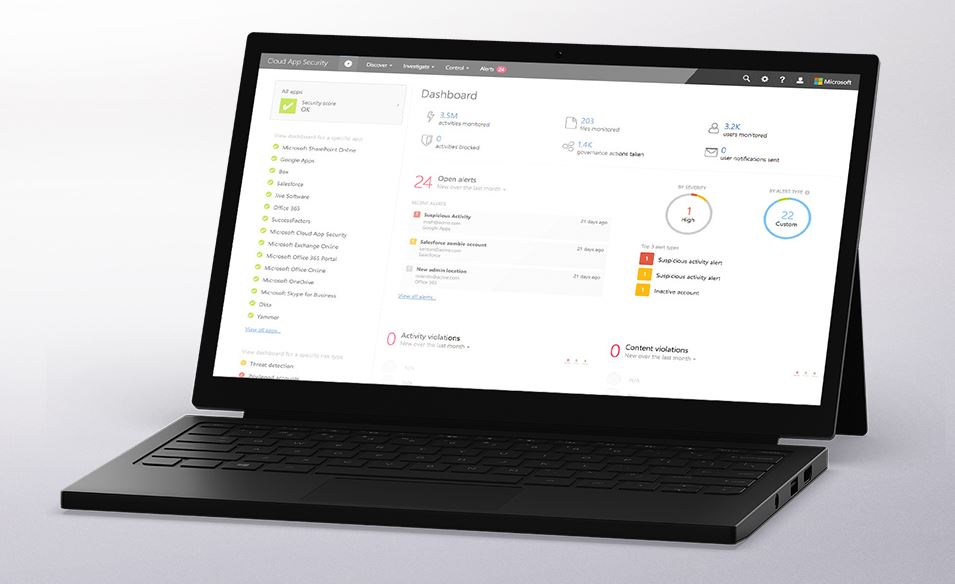Press Release: UK PC users making some progress in patching software vulnerabilities, but significant challenges remain
3 min. read
Published on
Read our disclosure page to find out how can you help MSPoweruser sustain the editorial team Read more

Private Microsoft® Windows® users patching their operating systems more diligently – but the same cannot be said of Apple® QuickTime® and Oracle® Java® users.
Maidenhead, UK – April 26, 2016. Flexera Software, the leading provider of next-generation software licensing, compliance, security and installation solutions for application producers and enterprises today has published Country Reports covering Q1 2016 for 14 countries. The reports, compiled by the Flexera Software’s Secunia Research team, provide status on vulnerable software products on private PCs in those countries, listing the vulnerable applications and ranking them by the extent to which they expose those PCs to hackers.
Key findings in the UK Country Report include:
- Unpatched Microsoft Windows Operating Systems on the Decline: The percentage of private PCs with unpatched operating systems (Windows 7, Windows 8, Windows 10, Windows Vista) in the UK is on the decline. As of the end of Q1 2016, 6.1 percent of users had unpatched Windows operating systems, compared to 11.5 percent at the same time last year.
- Apple QuickTime Users Slower to Patch: 61 percent of UK private users have not patched their Apple QuickTime 7.x software. This number is up from 55 percent in Q4 2015.
- Slight Increase in Instances of Unpatched Oracle Java: 41 percent of UK private users were running unpatched versions of Oracle Java JRE 1.8x/8.x. This is a slight increase from 36 percent in Q4 2015.
Users Applying Operating System Patches More Diligently
The decrease in unpatched Microsoft Windows operating systems is encouraging given the large number of Windows operating system vulnerabilities recorded in 2015, as reported in Flexera Software’s recently published Vulnerability Review 2016[1].
“Criminals use vulnerabilities as attack vectors to illegally gain entry into systems,” said Kasper Lindgaard, Director of Secunia Research at Flexera Software. “Companies and individuals can substantially reduce the likelihood of a successful attack by diligently applying vulnerability patches as soon as they become available. Based on the data reflected in today’s Country Report, it would appear that private users are, indeed, becoming more diligent at patching their Windows operating systems.”
Unpatched Java Programs on the Rise
The statistics regarding Java, on the other hand, are less encouraging. At 41 percent unpatched and 40 percent market share, Oracle Java JRE 1.8x/8x was the product with the second highest risk exposure in Q1 2016, up from 36 percent unpatched in Q4, 2015. Oracle did issue a critical Java patch release on March 23, 2016. In addition, Secunia Research at Flexera Software issued a Security Advisory on the Java vulnerability on March 10, with a Criticality Rating of Highly Critical – so the percentage of unpatched Java programs may decline in the future.
“A Criticality Rating of ‘Highly Critical’ is typically reserved for remotely exploitable vulnerabilities that can lead to system compromise. Successful exploitation does not normally require any interaction but there are no known exploits available at the time of disclosure.” added Lindgaard. “Despite our warnings and the availability of a patch, a significant percentage of private Java users remain vulnerable.”
To help users stay secure Flexera Software offers the Personal Software Inspector (formerly Secunia PSI 3.0), a free computer security scanner which identifies software applications that are insecure and in need of security updates. It has been downloaded by over 8 million PC users globally to detect vulnerable and outdated programs and plug-ins.
The 14 Country Reports are based on data from scans by the Personal Software Inspector between January 1, 2016 and March 31, 2016.
[1] The report catalogued vulnerabilities across Windows 10, which was released in 2015), Windows 8, Windows 7 and Windows Vista. Windows XP went End of Life in April 2014 and therefore new vulnerabilities in the OS are not recorded.









User forum
2 messages